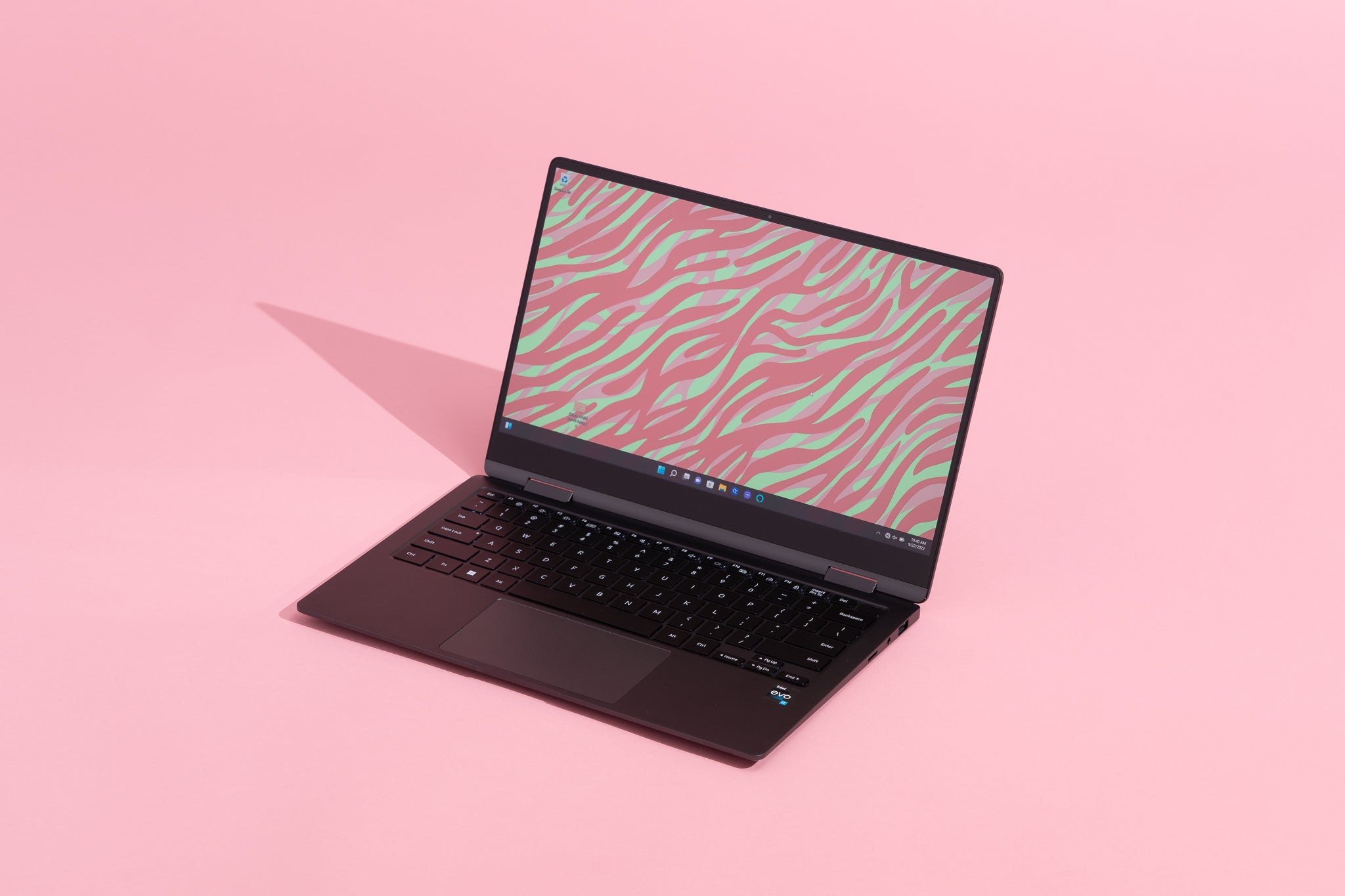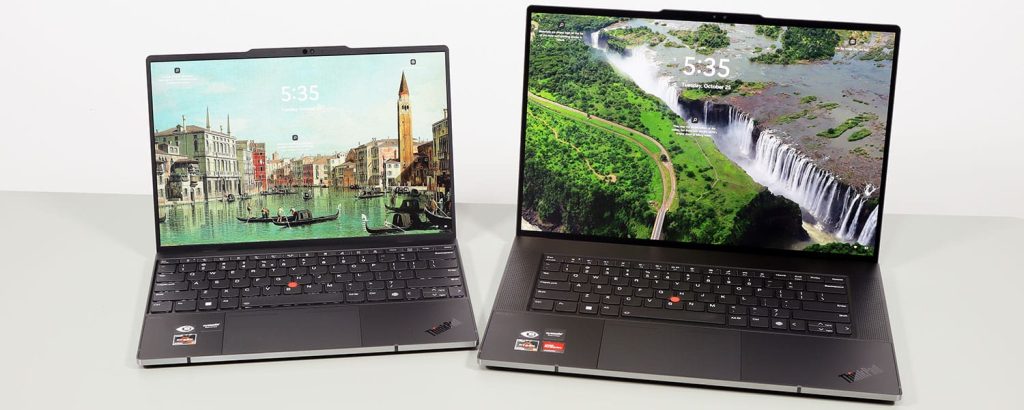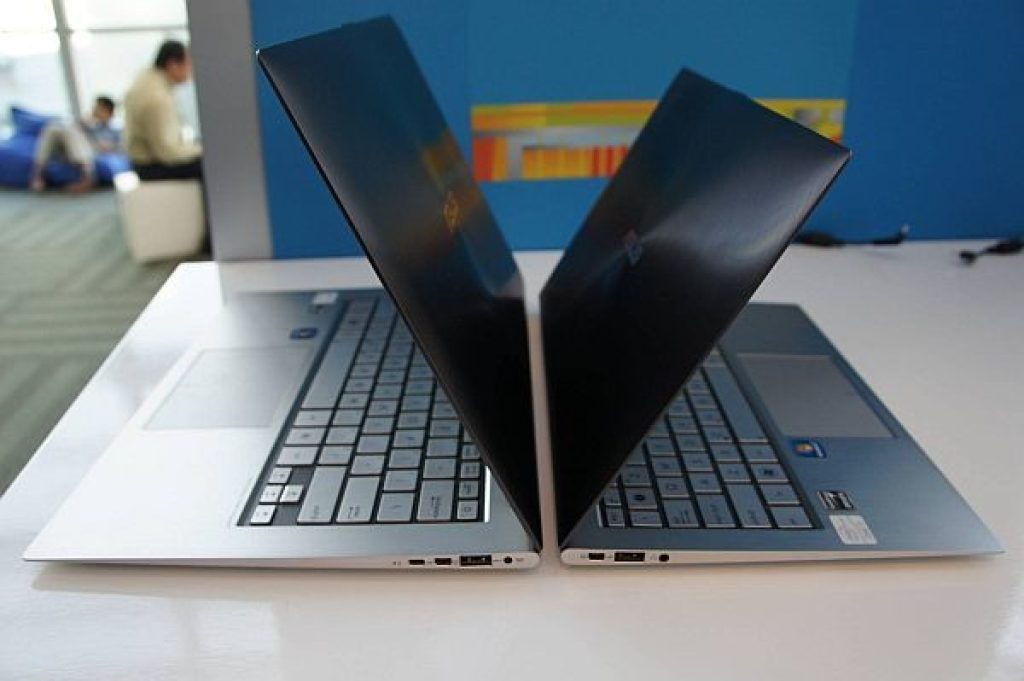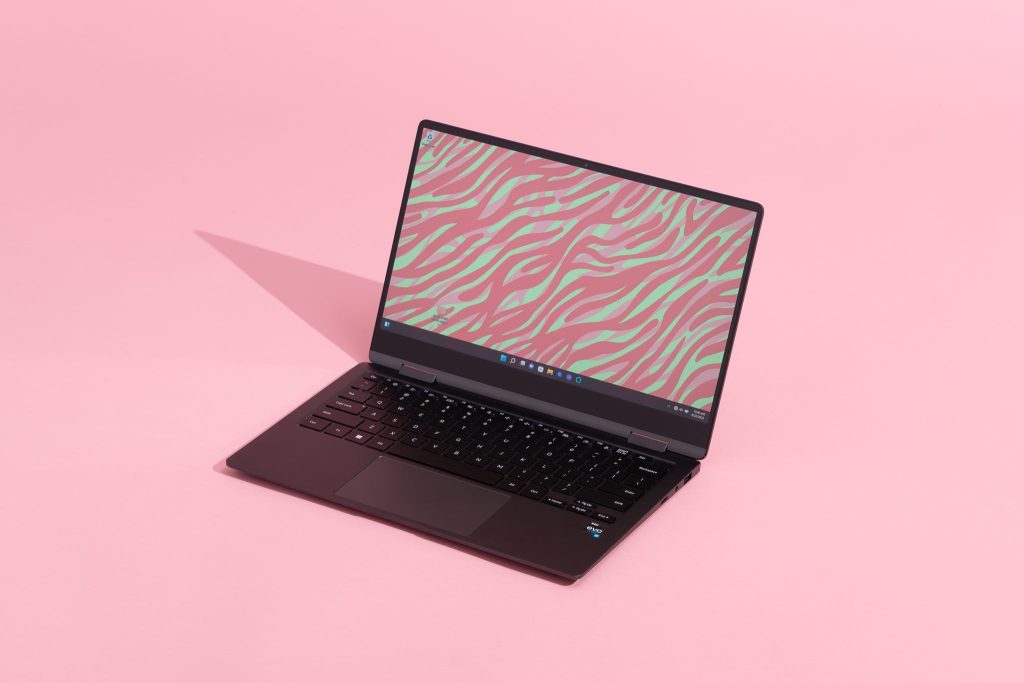Why Ultrabooks Are So Expensive?

Let’s talk about a question that has been on the minds of many tech enthusiasts: why are ultrabooks so expensive? This article aims to shed some light on this perplexing issue by exploring the factors that contribute to the higher price tags attached to these sleek and powerful laptops. From their thin and lightweight designs to the cutting-edge hardware and premium materials used, ultrabooks are undeniably a premium product in the world of laptops. So, let’s delve into the reasons behind their higher cost and gain a better understanding of what sets them apart.
Understanding Ultrabooks
Ultrabooks are a type of lightweight and portable laptop that have gained popularity in recent years. They are known for their sleek design, powerful performance, and long battery life. In this article, I will delve into the factors that contribute to the high cost of ultrabooks and explain why they are priced higher compared to other laptops on the market.
Definition of Ultrabooks
Before we dive into the cost factors, let’s start by understanding what exactly defines an ultrabook. Ultrabooks are a category of laptops that are characterized by their slim and lightweight design. They are typically less than an inch thick and weigh less than 3 pounds. In addition to their portability, ultrabooks usually boast powerful processors, solid-state drives (SSDs) for faster performance, and extensive battery life. These features, along with their premium build quality, set ultrabooks apart from traditional laptops.
Key Features of Ultrabooks
Ultrabooks come with a range of features that contribute to their high price point. One of the key features is the use of high-quality material components. Ultrabooks are constructed with premium materials such as aluminum or carbon fiber, which not only enhance their durability but also add to their overall aesthetic appeal. These materials are more expensive compared to the plastic used in standard laptops, thus driving up the cost.
Another cost factor is the hardware aspect of ultrabooks. In order to deliver fast and seamless performance, ultrabooks are equipped with high-end processors, such as Intel’s Core series, which are known for their power and efficiency. Additionally, these laptops often include generous amounts of RAM and fast SSD storage, which further contribute to their performance prowess. However, these high-performance hardware components come at a premium price, leading to an increase in the overall cost of ultrabooks.
Furthermore, ultrabooks are known for their high-quality displays. Most ultrabooks feature high-resolution screens with vibrant colors and excellent viewing angles. These displays are typically more expensive compared to standard laptop screens due to their advanced technology and superior image quality. The inclusion of such displays adds to the overall cost of ultrabooks.
In addition to these key features, ultrabooks often come with additional features that justify their higher price point. These features may include backlit keyboards, fingerprint scanners, touchscreens, and advanced connectivity options such as Thunderbolt ports. While these features enhance the user experience, they also contribute to the overall cost of ultrabooks.
Graphics and Design
When it comes to ultrabooks, graphics and design play a significant role in their pricing. Ultrabooks are known for their high-resolution graphics, which provide sharp and vibrant visuals. These high-quality graphics are essential for tasks such as video editing, graphic design, and gaming. However, integrating such graphics capabilities into a slim and lightweight form factor requires advanced cooling mechanisms and efficient power management, which adds to the manufacturing cost.
Furthermore, ultrabooks are renowned for their sleek and elegant design. They are meticulously crafted with attention to detail, resulting in a premium and sophisticated aesthetic. The design elements, such as thin bezels, slim profiles, and smooth finishes, require precision engineering and high-quality materials. The combination of these design aspects not only contributes to the overall look and feel of the ultrabook but also raises the production cost.
The importance of graphics and design in ultrabooks cannot be understated. These features not only enhance the user experience but also differentiate ultrabooks from other laptops in terms of aesthetics and performance. However, the inclusion of high-resolution graphics and premium design elements adds to the overall production cost, which is ultimately reflected in the price tag of ultrabooks.

This image is property of www.ultrabookreview.com.
Influence of Branding
Branding plays a significant role in the pricing of ultrabooks. Well-established and reputable brands often command higher prices for their products, including ultrabooks. Brand recognition has a direct influence on the perceived value of a product, and consumers are often willing to pay a premium for a product from a trusted brand.
Reputable brands invest heavily in research and development, ensuring that their ultrabooks meet the highest standards of quality and performance. This level of commitment and attention to detail contributes to the higher prices of their products. Additionally, these brands often offer better customer support, warranty policies, and software updates, which further justifies the higher price point.
Moreover, reputable brands serve as a benchmark for pricing in the ultrabook market. Competitors often use these established brands as a reference for their own pricing strategies. If a lesser-known brand offers similar specifications and features as a well-known brand, but at a significantly lower price, consumers may question the quality and reliability of the product. As a result, reputable brands set the standard for pricing in the market, influencing the cost of ultrabooks across the board.
Use of Advanced Technology
Ultrabooks are known for their cutting-edge technology and innovative features. The integration of advanced technology into these slim and lightweight laptops is a significant cost driver. Let’s explore the significance of advanced technology in ultrabooks and how it affects their pricing.
Advanced technology, such as faster processors, high-capacity RAM, and lightning-fast storage, is crucial for delivering the exceptional performance and responsiveness that ultrabooks are known for. These components are often more expensive compared to their lower-end counterparts. The use of the latest technology ensures that ultrabooks can handle resource-intensive tasks efficiently, making them ideal for professionals and power users.
The link between technology and price is evident in the constant innovation and development within the tech industry. As newer and more powerful components are introduced, the cost of incorporating them into ultrabooks increases. Manufacturers have to invest in research and development to stay at the forefront of technology, which ultimately affects the overall pricing of their products.
Moreover, ultrabooks often feature innovative technologies such as biometric authentication, touchscreens with stylus support, and advanced connectivity options. These technologies add convenience and functionality to the user experience but also contribute to higher production costs. The inclusion of such advanced technology further justifies the premium price of ultrabooks.

This image is property of cdn.thewirecutter.com.
The Role of Miniaturization
One of the defining characteristics of ultrabooks is their slim and lightweight design. Achieving this level of miniaturization presents significant challenges and costs. Let’s explore the implications of miniaturization on the price of ultrabooks.
Miniaturization involves packing powerful hardware components into a compact form factor. This requires meticulous engineering and design to ensure efficient cooling, power management, and component placement. Engineers have to overcome the technical limitations of size constraints while maintaining optimal performance and reliability. The research, development, and precision manufacturing processes involved in miniaturization contribute to the increased cost of ultrabooks.
Additionally, miniaturization often requires the use of specialized components that are specifically designed for slim devices. These components are typically more expensive than their standard counterparts due to their size, performance, and manufacturing complexity. The incorporation of these specialized components further adds to the overall cost of ultrabooks.
While miniaturization is a key selling point for ultrabooks, it poses challenges and cost implications for manufacturers. However, the benefits of a slim and lightweight design, such as portability and convenience, often justify the higher price for consumers who prioritize these features.
Energy Efficiency and Battery Life
Energy efficiency and battery life are crucial aspects of ultrabooks that contribute to their high price point. Ultrabooks are designed to provide extended battery life while maintaining optimal performance levels. Let’s explore the role of energy efficiency and battery life in the pricing of ultrabooks.
Ultrabooks employ various power-saving techniques and technologies to optimize energy consumption. These techniques include state-of-the-art processors that offer high efficiency and low power consumption, along with intelligent power management systems. The integration of such energy-efficient components and software algorithms ensures that ultrabooks can deliver optimal performance while maximizing battery life.
Achieving long-lasting battery life requires the use of high-capacity batteries that can provide adequate power for extended periods. These batteries are often more expensive compared to those used in standard laptops due to their advanced technology and larger capacities. The cost of implementing such high-capacity batteries adds to the overall price of ultrabooks.
Consumers who value portability and uninterrupted productivity are willing to pay a premium for ultrabooks with long-lasting battery life. The investment in energy-efficient technologies and high-capacity batteries directly contributes to the higher cost of ultrabooks, making them a desirable choice for those who prioritize mobility and extended battery performance.

This image is property of www.ultrabookreview.com.
Impact of Market Competition
The competitive nature of the market plays a significant role in determining the pricing of ultrabooks. Let’s explore the impact of market competition on the cost of these sleek and powerful laptops.
In a competitive market, manufacturers strive to differentiate their products from the competition by offering unique features, superior build quality, and exceptional performance. This competition to stand out often leads to increased investments in research and development, which in turn affects the pricing of the products. Manufacturers have to factor in these additional costs when setting the price for their ultrabooks.
Market demand also influences the pricing of ultrabooks. If there is a high demand for a particular brand or model, manufacturers may increase the price to capitalize on this demand. Conversely, if the demand is low, manufacturers may offer discounts or reduce the price to attract customers. The concept of supply and demand directly influences the pricing strategy in the ultrabook market.
Market segmentation is another factor that affects the pricing of ultrabooks. Manufacturers often offer different configurations and models to cater to different market segments. These segments may vary based on the target audience, performance requirements, and budget constraints. The availability of multiple options allows manufacturers to cater to a wide range of consumers, thereby influencing the pricing strategy for each segment.
The impact of market competition on the cost of ultrabooks is evident in the constant evolution and refinement of their features, performance, and pricing. Manufacturers strive to strike a balance between innovation, quality, and affordability to maintain their competitiveness in the market.
Profit Margins and Manufacturing Costs
Profit margins and manufacturing costs are essential factors to consider when understanding the pricing of ultrabooks. Let’s explore the relationship between profit margins, manufacturing costs, and the final price of these high-performance laptops.
Profit margins refer to the difference between the cost of production and the selling price of a product. Manufacturers set profit margins to ensure profitability and sustainability in the market. The higher the profit margin, the greater the potential financial gains for the manufacturer. However, manufacturers need to strike a balance between profit margins and market demand to remain competitive.
Manufacturing costs play a significant role in determining the pricing of ultrabooks. These costs include the expenses associated with research and development, raw materials, labor, and manufacturing processes. The use of premium materials, advanced technology, and precision engineering techniques contributes to the higher manufacturing costs of ultrabooks compared to standard laptops.
The indirect costs associated with marketing, distribution channels, and customer support also contribute to the overall pricing of ultrabooks. Well-established brands often invest heavily in marketing initiatives, which are factored into the product pricing. Additionally, the maintenance of extensive customer support networks and warranty policies adds to the overall cost.
Profit margins and manufacturing costs significantly impact the final price of ultrabooks. Manufacturers need to set prices that not only cover their expenses but also provide a reasonable return on investment. The balance between profit margins, manufacturing costs, and market demand ensures the sustainability and competitiveness of ultrabook manufacturers.

This image is property of cdn.thewirecutter.com.
Performance and Speed
Performance and speed are key selling points for ultrabooks. These laptops are designed to handle resource-intensive tasks and provide a seamless user experience. Let’s explore the importance of processing power, the relation between speed and price, and the influence of performance-based market demand.
The importance of processing power cannot be overstated when it comes to ultrabooks. These laptops are equipped with high-performance processors, often from Intel’s Core series, which deliver exceptional speed and responsiveness. The ability to handle demanding applications, multitask efficiently, and provide smooth user experiences is a result of the powerful processors. However, these high-performance processors come at a premium price, contributing to the overall cost of ultrabooks.
The relation between speed and price is evident in the constant pursuit of faster and more efficient processors. Manufacturers invest in research and development to incorporate the latest technology and advancements in processing power. The costs associated with developing and implementing these speedy processors directly impact the pricing of ultrabooks.
Performance-based market demand also influences the pricing of ultrabooks. Professionals, content creators, and power users often require laptops that can handle resource-intensive tasks with ease. These individuals are willing to pay a premium for ultrabooks that offer high performance and speed. As a result, manufacturers cater to this demand by developing and pricing ultrabooks with enhanced performance capabilities.
Performance and speed are features that set ultrabooks apart from standard laptops. The integration of powerful processors, ample RAM, and high-speed storage ensures that users can accomplish tasks quickly and efficiently. However, the inclusion of these performance-centric features adds to the manufacturing costs and, subsequently, the pricing of ultrabooks.
In conclusion, the high cost of ultrabooks can be attributed to various factors. The use of premium material components, expensive hardware aspects, high-quality displays, and additional features contribute to the overall price of these sleek and powerful laptops. Graphics and design, branding, advanced technology, miniaturization, energy efficiency, market competition, profit margins, manufacturing costs, and performance aspects all play crucial roles in determining the price of ultrabooks. While the higher price tag may deter some budget-conscious consumers, the benefits of portability, performance, and design make ultrabooks a desirable choice for those who prioritize excellence in their computing experience.







